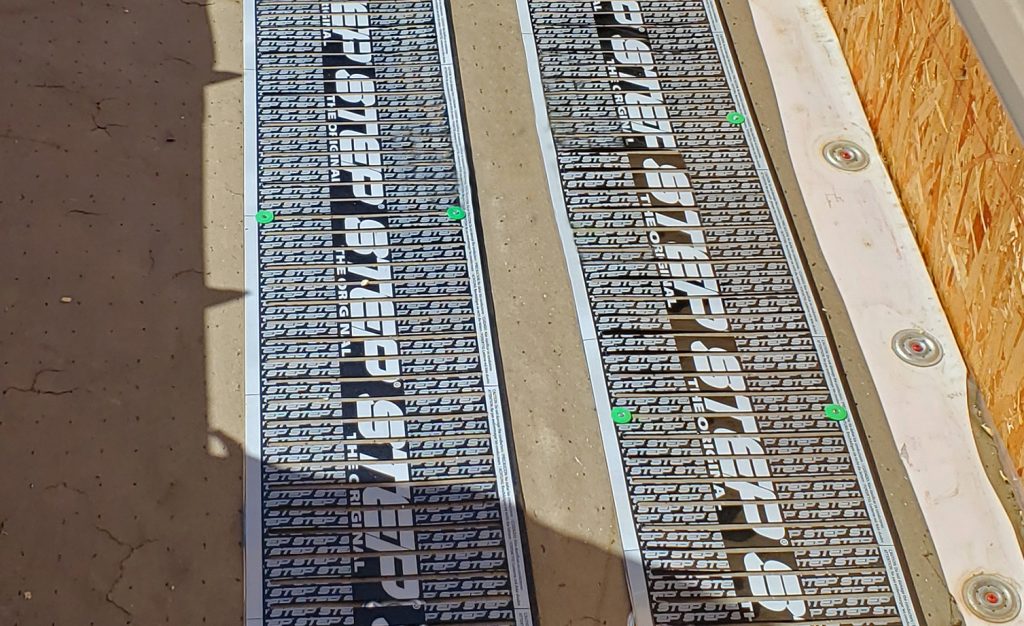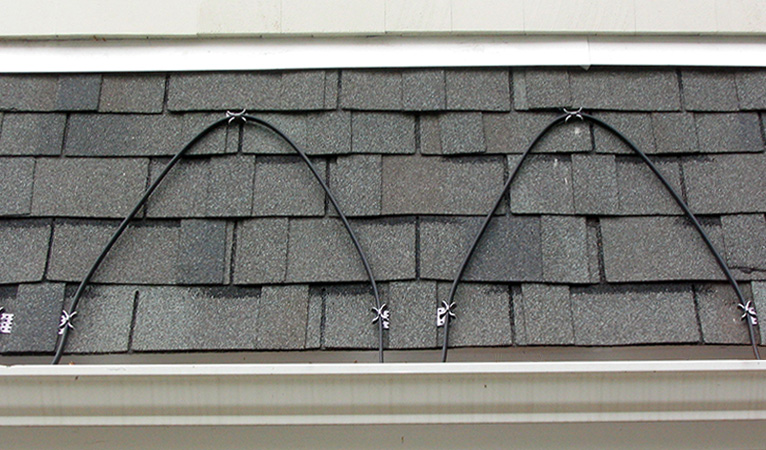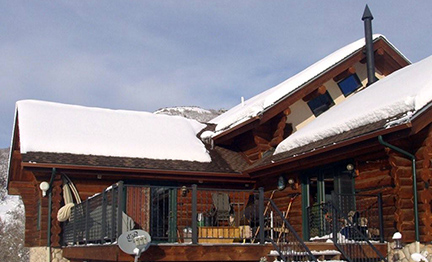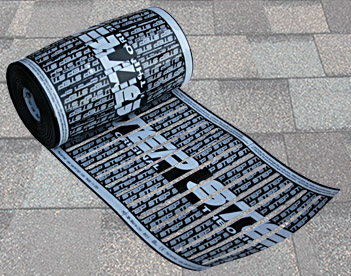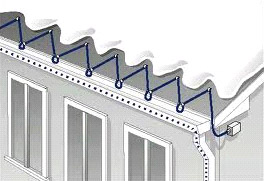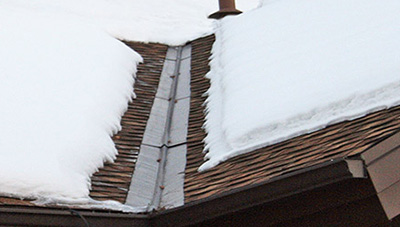With winter fast approaching, home and business owners alike are checking the conditions of their roofs and taking steps to prepare for the impending snow and ice storms. Clearing gutters and checking the condition of shingles and flashing every fall is crucial for proper roof maintenance.
While some property owners install ice guards to prevent large slabs of ice from falling and injuring pedestrians or damaging vehicles, many opt for a more comprehensive approach when it comes to safety – and roof maintenance.
Roofs are typically designed to withstand significant weight loads, so the volume of snow on a roof is usually not an issue. (Roofs are typically designed to withstand a snow load of 30 pounds per square foot, depending on your location and elevation). Radiant roof heating systems aren’t typically used to keep entire roofs free of snow; rather, the de-icing systems are designed to enhance safety and prolong the lifespan of a roof by keeping specific areas free of snow and ice. In general, de-icing systems are installed to prevent problems by facilitating steady runoff and eliminating any troublesome areas where ice often accumulates.
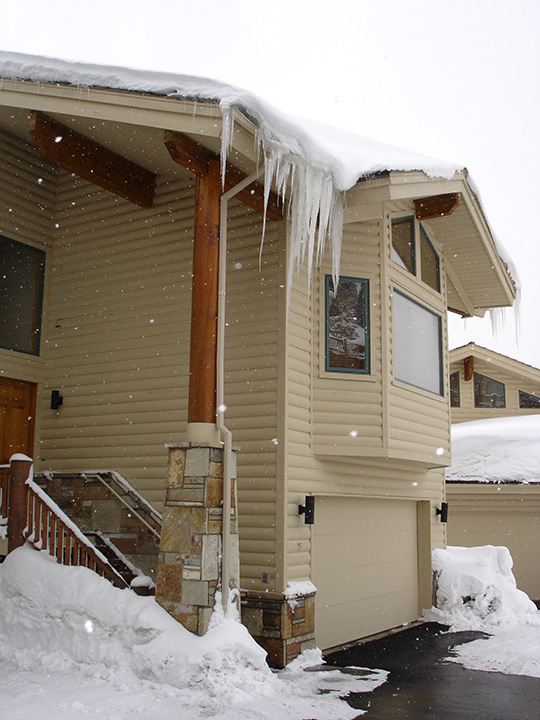
Keeping roof edges clear of snow and ice helps to ensure safety for pedestrian traffic, but perhaps the single most important function of a roof heating system is to prevent ice dams from forming. In this regard, a roof de-icing system can be a real money saver.
Ice dams are the most prominent culprits when it comes to roof damage and expensive water damage inside the home. If an attic isn’t properly insulated, warm air can escape from the home into the attic. There, the warm air rises and slowly warms the roof. The underlying layer of snow on the roof then begins to melt. It trickles down to the roof eave, but because the overhanging eaves aren’t heated by the attic air, the water tends to re-freeze. As this process repeats, eventually a ridge of ice forms on the eave. That ridge grows and gets to a point where water begins to pool behind the ridge. This is where the real trouble starts.
As water pools behind the ice dam, the water can seep into every tiny nook and crevice in the roof. When the water refreezes at night, it expands, and over time, those tiny cracks in the shingles and roofing grow. It’s a slow process, but eventually those cracks can turn into large cracks that allow water to seep into the home.
Perhaps the most affordable way to prevent ice dams from forming is to install self-regulating heat trace cable. ProLine’s cable is an industry leader, and can be easily installed along roof eaves, valleys, and in roof gutters. Using cable clips, the heat cable is installed in a repeating V pattern along the eave, which provides channels for the runoff to reach the gutter. This system is easy to customize, and is the most popular de-icing solution.
Entire roof eaves can also be heated. ProLine’s low-voltage STEP® roof heating system is often used to keep roof valleys, eaves, and other areas completely free of snow and ice. The system features thin, self-regulating heating panels that are installed neatly under shingles or metal roofs. Transformers are used to step down the high voltage to low voltage (60 V or less) while controlling specific sections of the roof de-icing system.
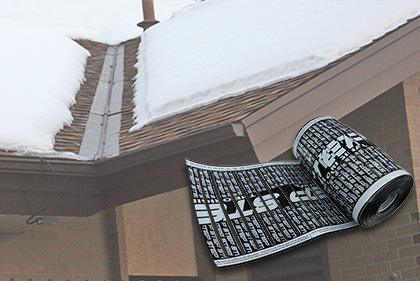
The flexible heating element is polypropylene fused during fabrication to achieve water proofing and protection from alkaline or salt damage. This versatile system can be used to heat just about any type of roofing material. The heating element is available in widths of 3, 6, 9 or 12 inches. The low-voltage element is easy to install and can be cut to size on the job site. It can be nailed or stapled through, making installation quicker and easier than other traditional roof heating systems. Because the heating element is self-regulating, when the ambient temperature rises, the electrical resistance increases and the consumption of electricity decreases. This prevents the element from overheating and ensures energy-efficient operation.
ProLine is a leading provider of trusted roof de-icing systems. Self-regulating heat trace cable is also used for pipe trace solutions, so whatever your needs, contact ProLine today to find the ideal system for your needs.
In addition to industry-leading radiant heat solutions, ProLine also includes comprehensive customer support services, ranging from free installation training and system design/layout, to real-time technical support for installers. ProLine’s professional team of radiant heat system designers, trainers, and technical support staff are on hand now to assist you. Call 866-676-9276 today.
ProLine offers a wide variety of industry-leading roof heating products and de-icing solutions. For more information about ProLine’s self-regulating heat cable and other roof heating systems, contact a radiant heat professional today. Call 866-676-9276 for more information.

